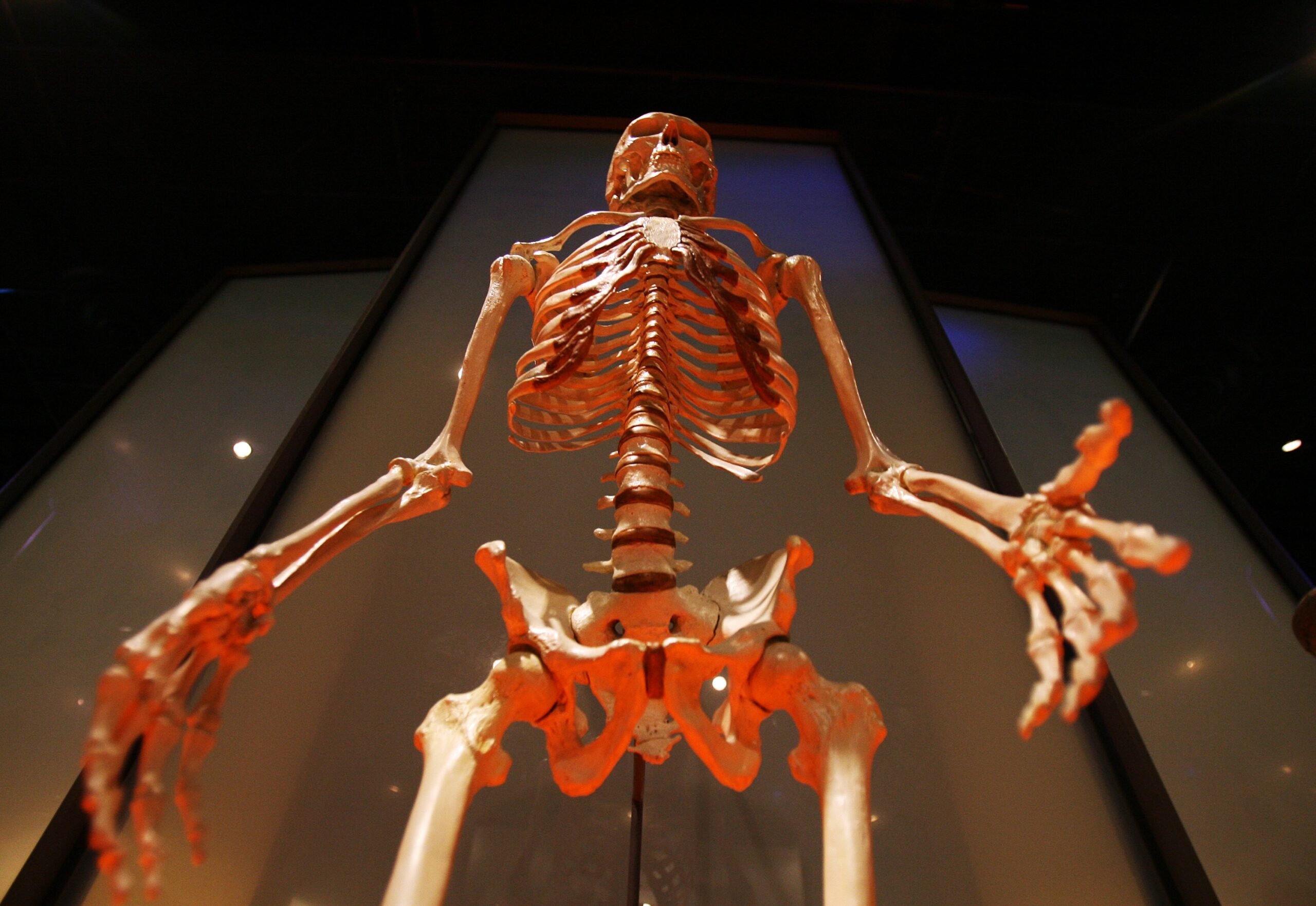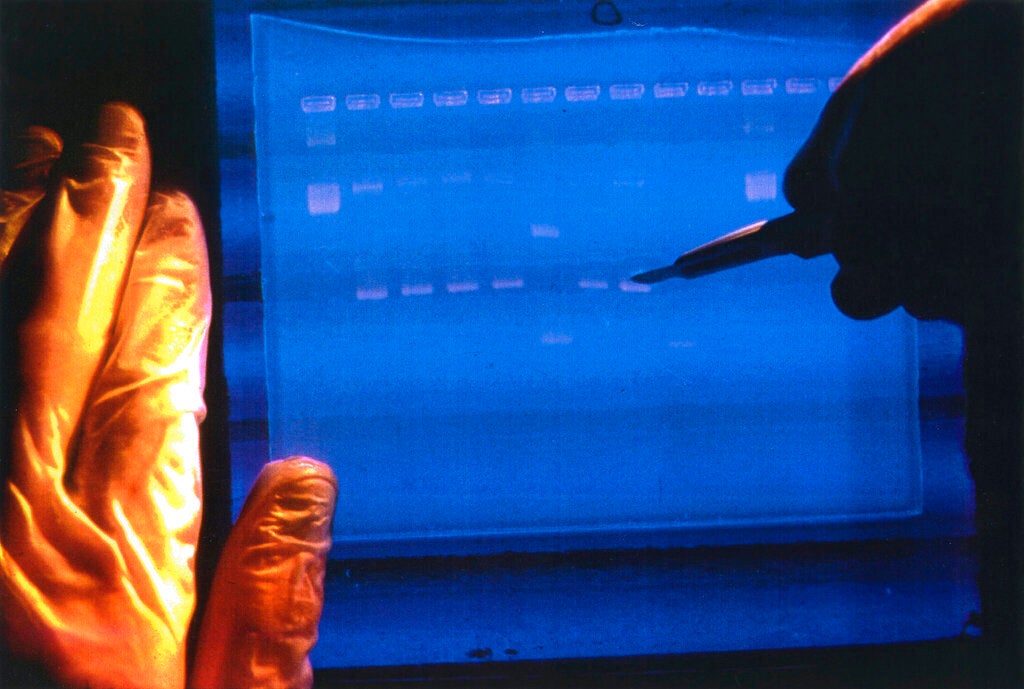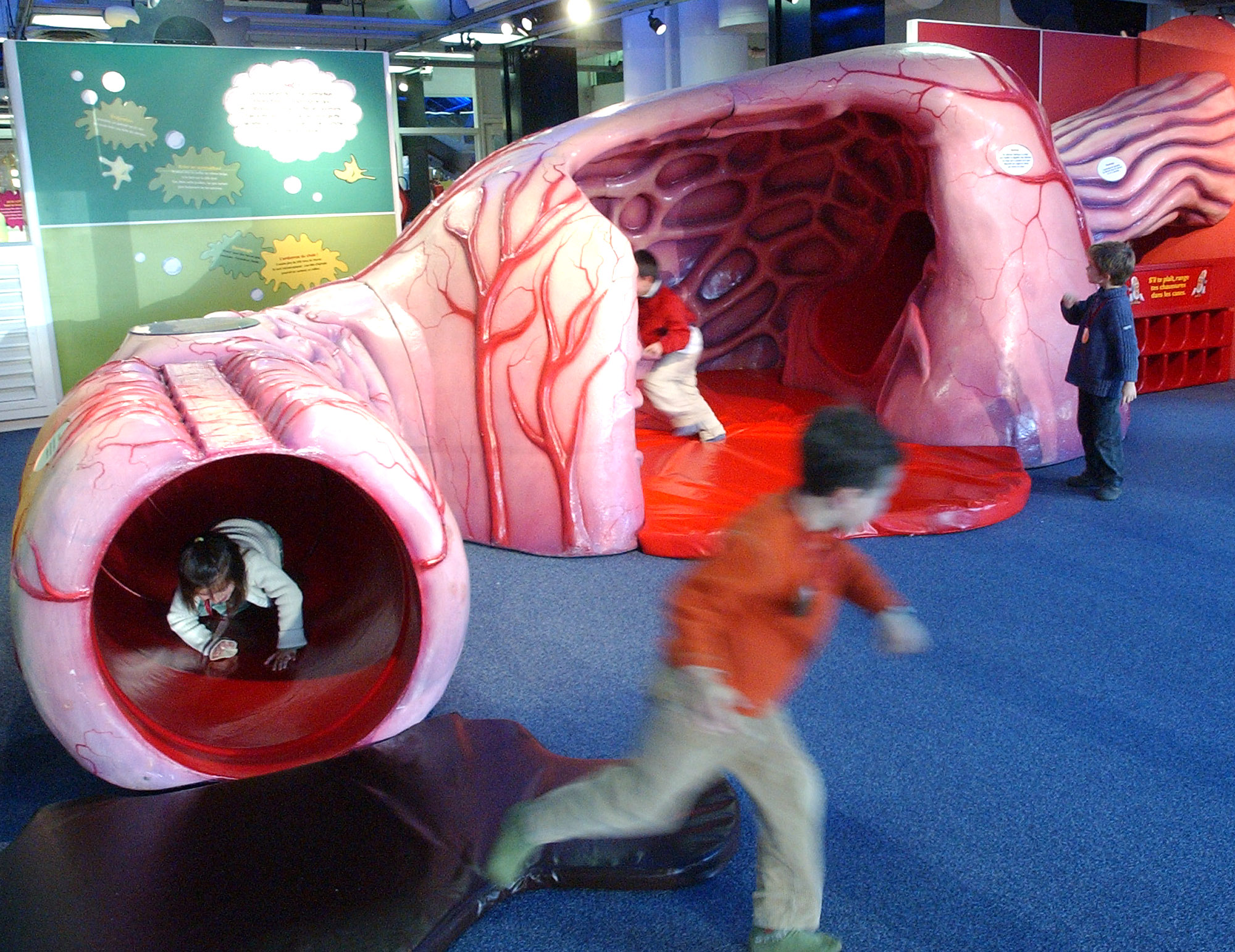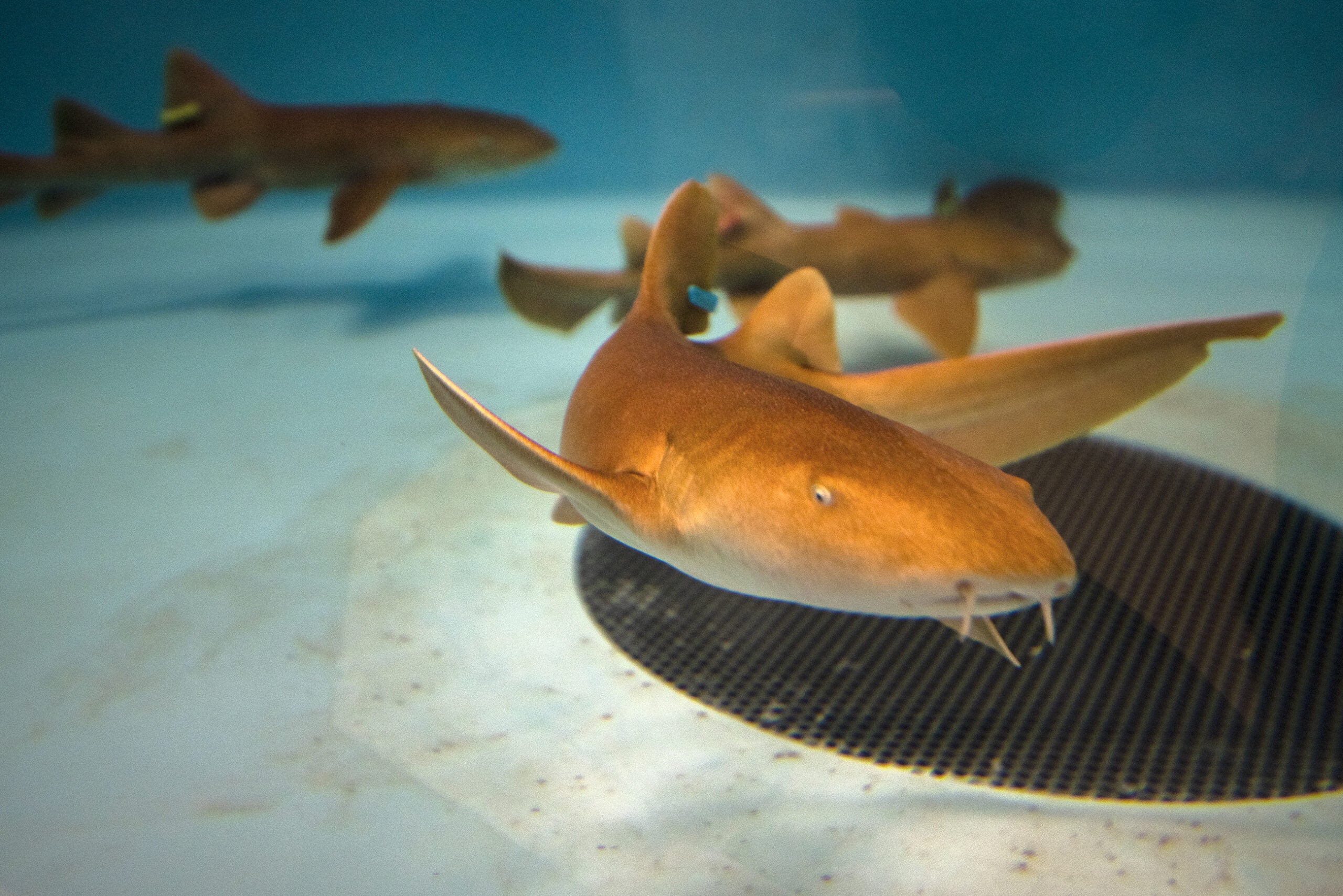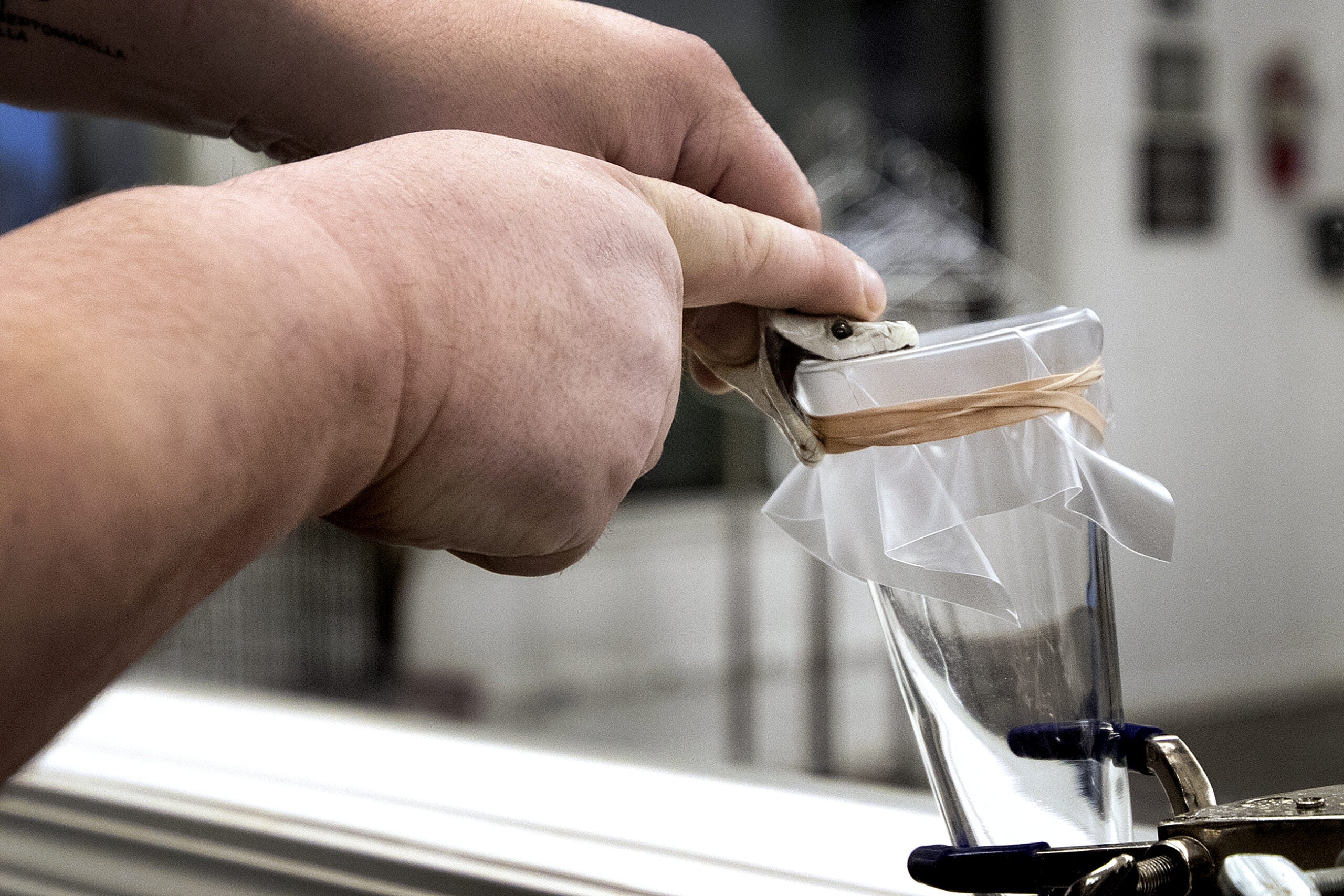The final edition of “Body Week” on Wisconsin Public Radio’s “The Morning Show” included examining a treatment for troublesome tendons that one doctor says can be more helpful than steroid injections.
Dr. Dan Malone is a rheumatologist at the Prairie Ridge Clinic of the Columbus Community Hospital in Columbus and president of the Wisconsin Rheumatology Association. He joined the program Friday to discuss bones, joints, muscles, tendons and other musculoskeletal issues.
Here are three takeaways from the program:
Stay informed on the latest news
Sign up for WPR’s email newsletter.
Orthobiologics as a low-risk treatment option
Asked if patients should consider steroids or injections for strained tendons, Malone called the question “a real can of worms.” While a single injection is reasonable to try for many people, sometimes that only kicks the can down the road, he said. Symptoms might return in months.
“Steroids are great, but they don’t cure the problem in some cases,” Malone said. “For recurrences of the same condition, that’s where the world of so-called ‘orthobiologic‘ treatments come in. I’m a believer in orthobiologic treatments not for every ache and pain but for some conditions.”
Orthobiologic treatments involve using the patient’s own body fluids, such as platelet-rich plasma, Malone said. The method can help heal frayed tendons when other treatments fail, and there are few downsides, he said.
Orthobiologic treatments can be used on broken bones and injured muscles and ligaments, as well, according to the American Academy of Orthopedic Surgeons.
“It’s worth a try,” Malone said.
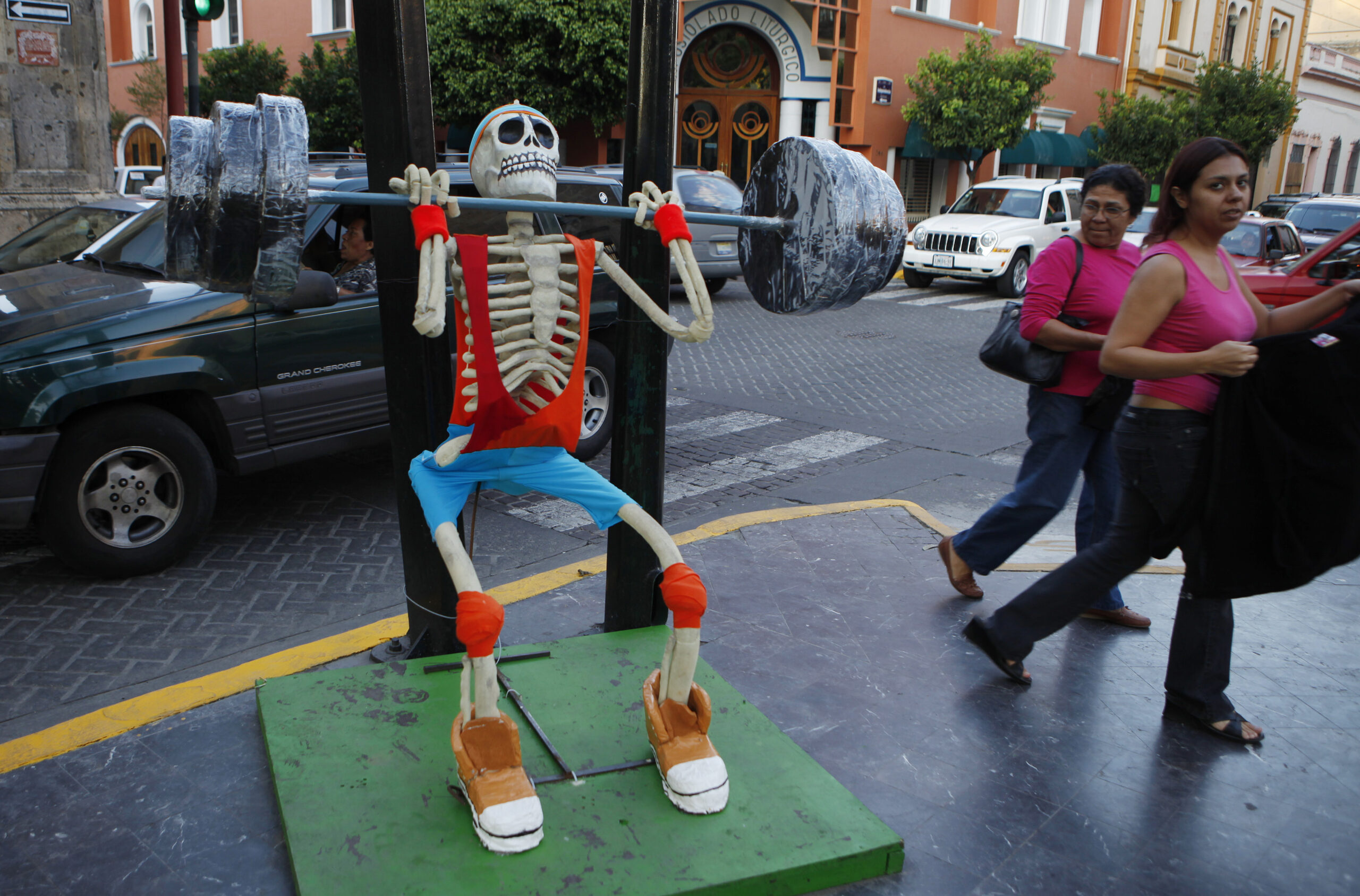
Nerves heal slowly
One of the most common complaints people bring up at the doctor is lower back pain, Malone said.
“God did us no favors by making us upright creatures,” he said with a chuckle.
Back pain can be connected to nerve damage, and nerves are one of the slowest-healing tissues in the body, Malone said.
Going upside down
Hanging upside down is actually a well-known treatment for some rheumatological troubles, Malone said.
However, there are right and wrong ways to hang upside down. Wrong ways can lead to a broken neck, so Malone advised using a trusted method like an inversion device, which is often available at health clubs and has ankle braces to stop users from falling.
One listener who called into the program talked about being a few inches shorter than in the past and dealing with sciatic nerve problems. Malone said discs in the back could be compressed and hanging upside down could be helpful.
“This is clearly beneficial, and you should probably do this under the guidance of either a physical therapist or somebody who knows what they’re doing,” Malone said. “It will help you. I pretty much guarantee you that it will help you.”
“Body Week” was a week-long series on Wisconsin Public Radio’s “The Morning Show.” An hour of the program was dedicated each day to one part or system of the body. Friday’s show covered bone and muscle health. Catch up on all of the week’s shows and articles here.
Wisconsin Public Radio, © Copyright 2025, Board of Regents of the University of Wisconsin System and Wisconsin Educational Communications Board.
